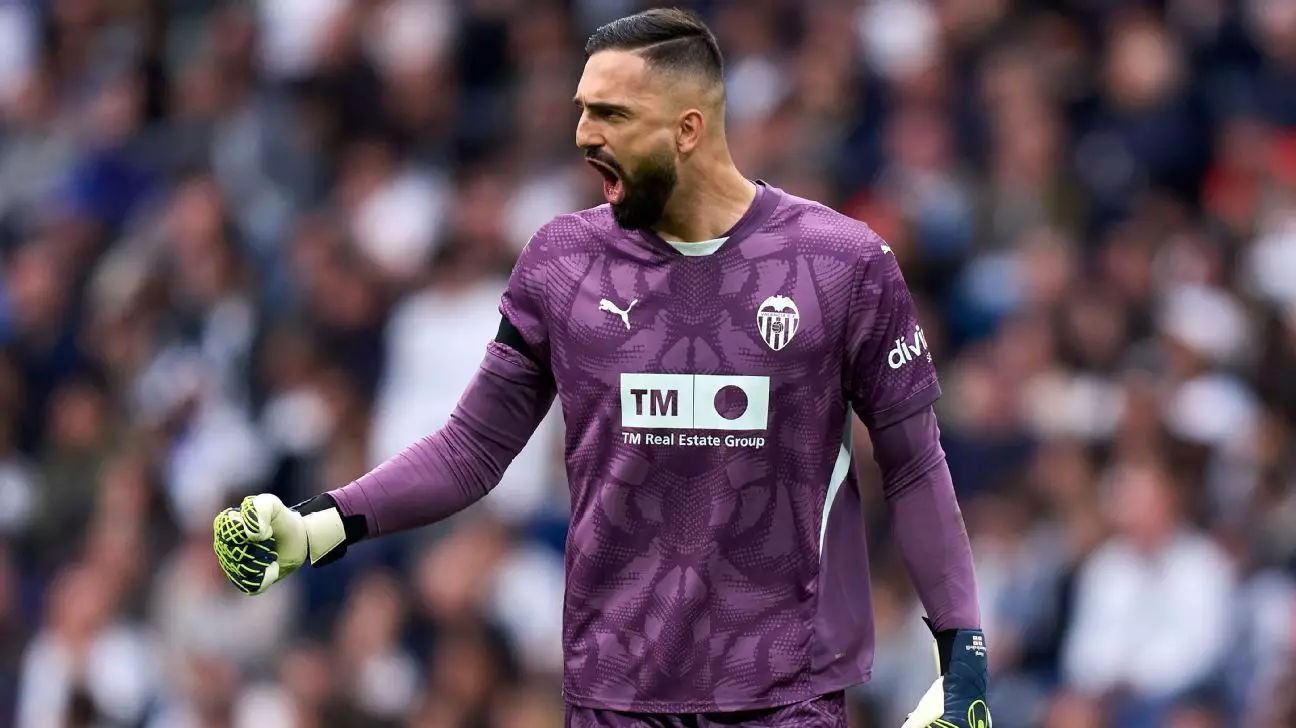The anticipation surrounding the summer transfer window in 2025 is palpable, with an array of shifts set to take center stage. What makes this period particularly noteworthy is the concurrent influence of the FIFA World Cup, which will cast a unique shadow on the usual transfer dynamics. Clubs not only face the pressure of standard summer negotiations but must also maneuver within the constraints set by the global tournament.
The Influence of the FIFA World Cup
With the first whistle blowing on June 15 for the FIFA World Cup fixtures, the timing of transfer activities will be markedly different this year. FIFA has recognized the need to create a fluid environment for clubs participating in the tournament. To facilitate this, they have allowed member associations to apply an exceptional registration period from June 1 to June 10. This initiative merely opens a door but does not mandate clubs to step through it, leading to varied strategic approaches tailored to each club’s needs. On the other hand, the additional clause that permits player replacements due to contract expirations between June 27 and July 3 provides clubs with some much-needed flexibility. It is a scenario where clubs must assess their rosters meticulously, balancing short-term needs with long-term investment in player development.
Opening Early: The Transfer Window Dynamics
Typically, European leagues align their transfer windows to open on July 1, but the 2025 landscape forces a reconfiguration. While the general deadline for transfers now stands at September 1—adjusted due to August 31 falling on a Sunday—clubs must navigate the several preceding days of registration. This translates to a full 10-day window at the beginning of June specifically for clubs in the World Cup, setting a frantic pace for negotiations and deals well ahead of the traditional timeline.
Moreover, free transfers can still happen after the main window’s closure, showcasing the evolving nature of player contracts. Such avenues allow clubs to secure notable signings beyond the set deadlines, meaning that shrewd business practices could still yield significant benefits for those willing to take the risk.
International Transactions: A Complicated Symphony
While activities surrounding the Club World Cup create a buzz, the rules governing international transactions introduce another layer of complexity. Clubs that remain engaged in the World Cup can solidify impending deals, yet those transactions go into limbo until windows officially open in their respective leagues. The inter-league negotiations are poised to become a chess match; as clubs jockey for position, they will need to ensure that prospective signings are not just skilled players but also suited to the rigors of a potentially tumultuous season.
Among the leagues, the Premier League remains a focal point due to its robust financial resources and intense competition. The deadline in this case is sharply set at 11 p.m. BST on September 1, ensuring that last-minute maneuvers could significantly impact team compositions across England. Meanwhile, La Liga’s transfer window remains consistent with its June 1 to September 1 timeline, but without an early window for World Cup clubs, it challenges Spanish teams to be proactive.
Strategic Moves and the Stakes of the Game
In Italy, Serie A teams like Inter Milan and Juventus will participate in the Club World Cup, similar to their counterparts in Bundesliga and Ligue 1. With additional early-window provisions, these clubs must swiftly decide if they can breathe new life into their squads ahead of crucial fixtures. The strategic decision-making here will likely hinge upon determining the market’s dynamics and whether potential signings can elevate their teams’ competitiveness for both domestic and international glory.
While Bundesliga clubs like Bayern Munich and Borussia Dortmund prepare for their dual challenge of league play and global competition, the stakes are decidedly high. The economic repercussions of solid transfers echo throughout the league, as clubs must reconcile their long-term financial stewardship with immediate competitive gains.
Women’s League Dynamics: A Growing Emphasis
The Women’s Super League (WSL) encapsulates yet another perspective in the transfer conversation. With the window opening on June 18 and extending into mid-September, the strategies employed by clubs shift in favor of player retention and nurturing homegrown talent. It underscores an evolving narrative in women’s football, where clubs increasingly realize the importance of building cohesive squads that prioritize continuity over constant turnover.
The summer transfer window of 2025 is poised to break new ground, fueled by the complexities of the FIFA World Cup and structured adjustments across various leagues. Clubs are entering a period where tactical foresight and an understanding of both market momentum and player value will be crucial, leading to an exhilarating summer filled with unpredictable outcomes.

